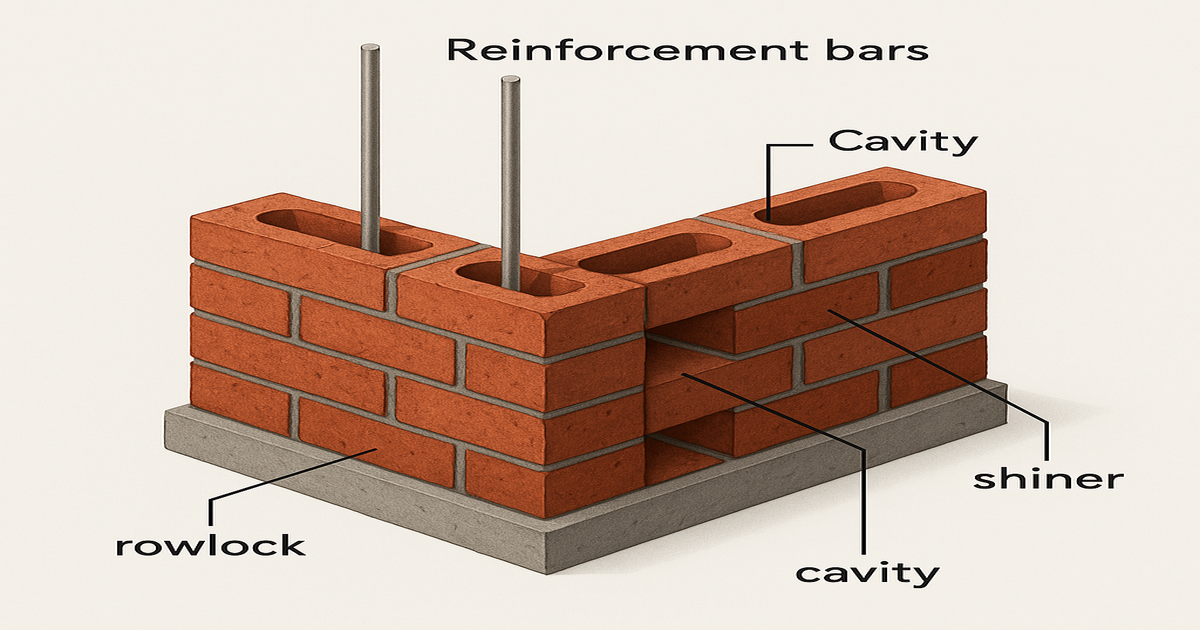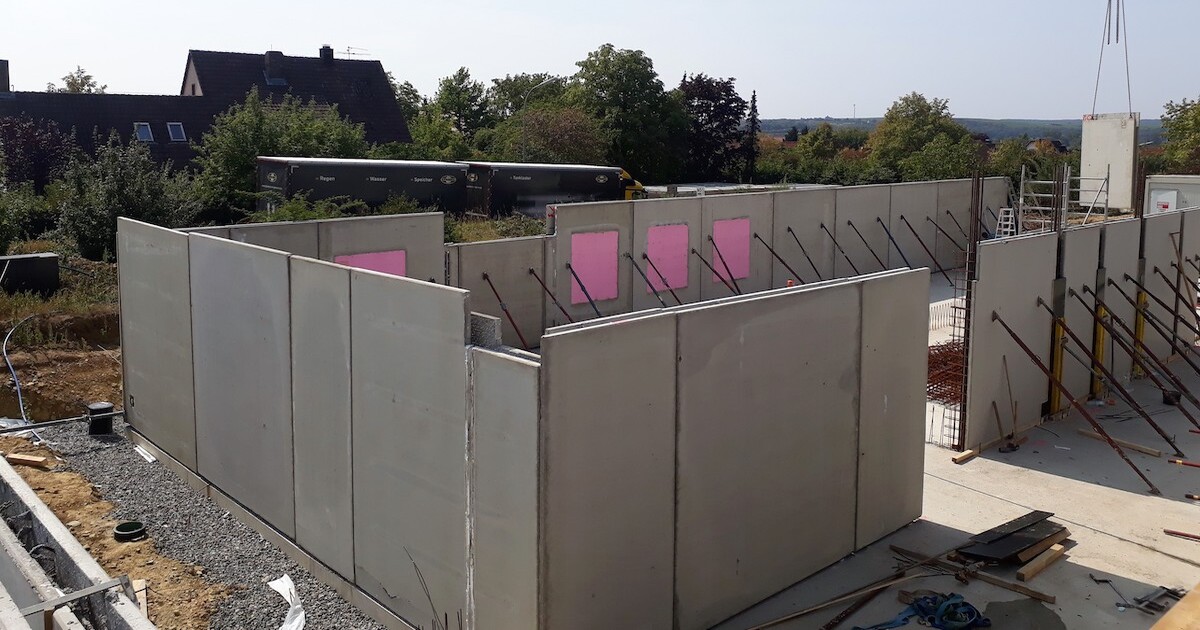Spread Footing – Types, Design, Advantages, and Disadvantages
What is Spread Footing? Spread footings are commonly used to provide support or reinforcement to each column of any building and bridge pillars helping to distribute the structural load to the underlying soil. Building of these type of footings is both cost-effective and economical for our structures making it a practical choice for structural support. … Read more










